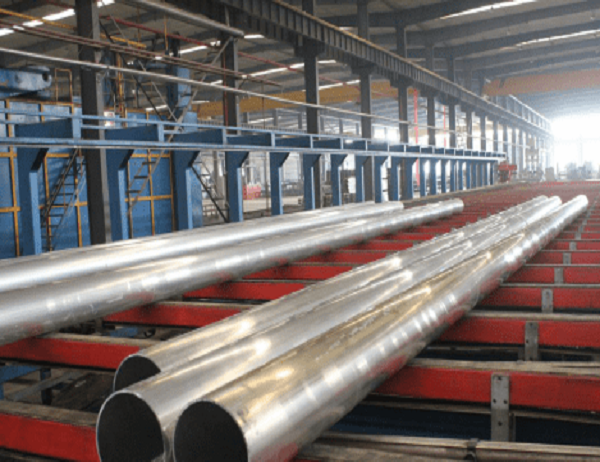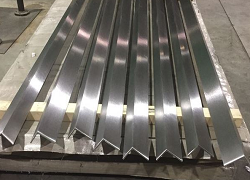Extruded aluminum tubes are widely used in various industries, including construction, transportation, and aerospace, due to their high strength-to-weight ratio, corrosion resistance, and excellent machinability. The manufacturing process of extruded aluminum tubes involves several critical steps to ensure the production of high-quality products.
The first step in the manufacturing process is the preparation of raw materials. Aluminum ingots, typically alloyed with other elements to enhance specific properties, are used. The ingots are melted and homogenized to achieve a uniform composition. The molten aluminum is then cast into billets, cylindrical rods that are further processed into extruded tubes.
Extrusion is the core process in the manufacturing of aluminum tubes. In this step, the aluminum billets are heated to a temperature where they become softer and more malleable. They are then forced through a die with the desired tube shape. The extruded tubes are then cooled and straightened to achieve the required dimensions and tolerances.
After extrusion, the aluminum tubes undergo various surface treatments to enhance their appearance, corrosion resistance, and other properties. Common surface treatments include:
Anodizing:
An electrochemical process that creates a protective oxide layer on the aluminum surface, increasing its corrosion resistance and enhancing its appearance.
Powder Coating:
A process where dry powder is electrostatically charged and sprayed onto the aluminum surface. When heated, the powder melts and forms a durable, protective coating.
Painting:
A traditional method of applying a liquid paint to the aluminum surface to provide decoration, protection, or both.
Throughout the manufacturing process, stringent quality control measures are implemented to ensure the production of high-quality extruded aluminum tubes. These measures include:
Dimensional Inspection:
Tubes are checked for compliance with specified dimensions, ensuring they meet the required tolerances.
Mechanical Testing:
Tubes are subjected to tensile, yield, and elongation tests to evaluate their strength and ductility.
Non-Destructive Testing:
Techniques such as ultrasonic inspection and eddy current testing are employed to detect internal defects or imperfections.
Extruded aluminum tubes find application in diverse industries due to their combination of properties, including:
Construction:
Aluminum tubes are used in building structures, railings, and curtain walls due to their lightweight and strength.
Transportation:
Automotive, aerospace, and marine industries utilize aluminum tubes in components such as frames, pipes, and impact absorbers.
Industrial Machinery:
Aluminum tubes are employed in pneumatic and hydraulic systems, conveyor belts, and other industrial applications.
The manufacturing process of extruded aluminum tubes involves a series of interconnected steps, each contributing to producing high-quality products. Raw material preparation, extrusion, surface treatment, quality control, and the final application are all crucial aspects of the manufacturing cycle. The versatility and adaptability of extruded aluminum tubes make them an essential material for a wide range of industries.



